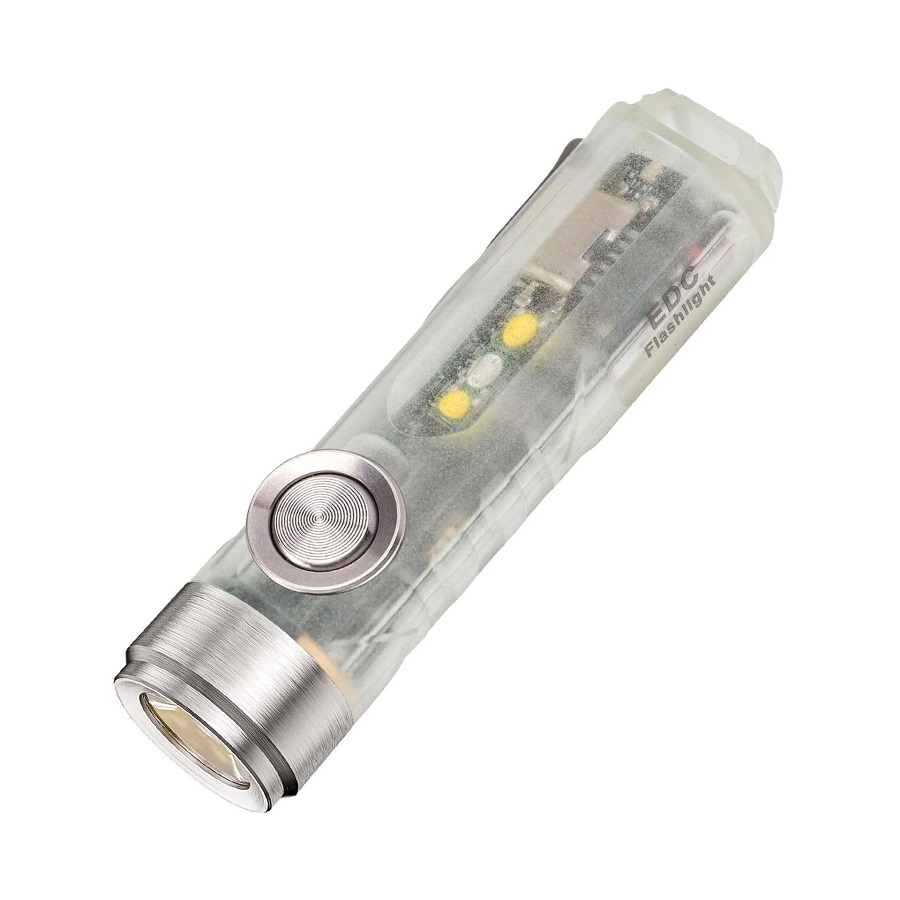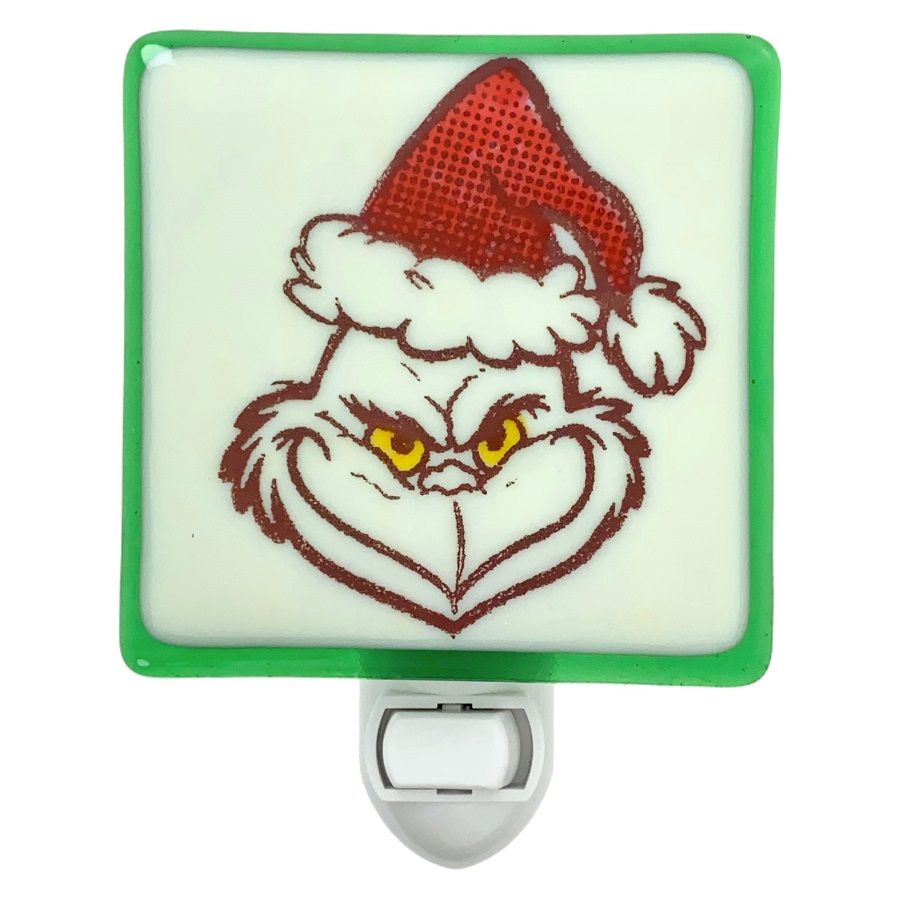Introduction
When it comes to choosing the right flashlight, the options can be overwhelming. With a multitude of features, sizes, types, and technologies available, selecting the perfect one for your needs requires careful consideration. Whether you’re an outdoor enthusiast, a frequent traveler, or someone who simply wants a reliable light source for emergencies, understanding the various factors involved will ensure you make an informed decision. This guide aims to equip you with insights to help you choose the ideal flashlight.
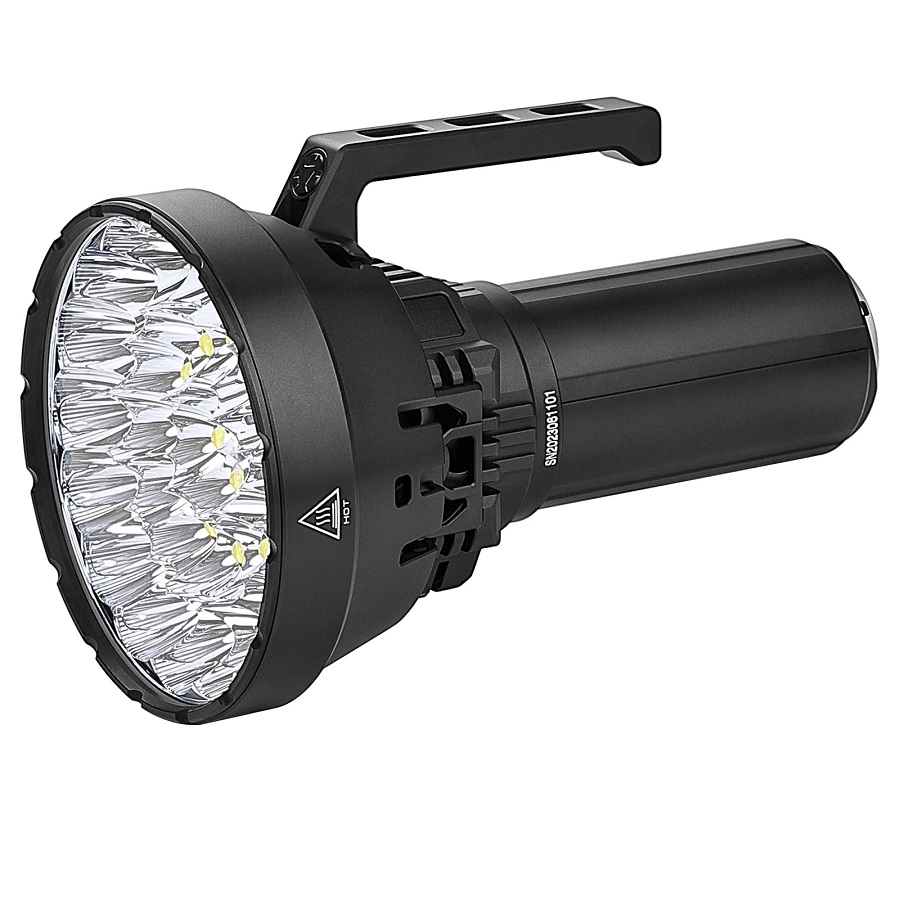
Here are some common use cases:
- Everyday Carry (EDC): For regular tasks like navigating dark streets or searching for items in your bag.
- Hiking or Camping: For illuminating trails, setting up camp, or for emergency navigation.
- Emergency Preparedness: To have on hand during power outages or natural disasters.
- Professional Use: Such as in law enforcement, construction, or search and rescue, where certain features like durability and brightness are crucial.
- Self-Defense: Bright flashlights can temporarily blind and disorient an assailant.
Understanding Brightness and Lumens
Brightness is one of the most critical attributes of a flashlight, typically measured in lumens.
- Low Lumens (1-100): Suitable for close-range tasks, such as reading or finding things in your bag.
- Medium Lumens (100-500): Ideal for general outdoor use, such as walking or camping.
- High Lumens (500+): Used for professional applications, search and rescue missions, or illuminating large areas.
Consider how much brightness you genuinely need. A flashlight with unnecessary lumens can be overkill and waste battery life.
Beam Distance and Type
The way light is projected from a flashlight is another factor to consider:
- Flood: A wide beam that illuminates a larger area but doesn’t project far. Ideal for close proximity tasks.
- Spot: A focused beam that can reach longer distances. Great for finding specific objects at a distance.
Determine the appropriate combination of beam distance and type based on your activities, as both can impact your experience significantly.
Battery Types
Flashlights can run on various battery types, affecting their performance and convenience.
- Disposable Batteries: These are convenient but may not be ideal for frequent use due to ongoing costs and environmental concerns.
- Rechargeable Batteries: While upfront investment may be higher, they often save you money and reduce waste over time. Consider models with USB charging capabilities for convenience.
- Hybrid Options: Some flashlights offer a combination of both, allowing you to use either type depending on your situation.
Weigh the pros and cons of each option and determine which best suits your lifestyle.
Durability and Weather Resistance
If you plan to use your flashlight outdoors, durability and weather resistance are crucial:
- Materials: Look for flashlights made from anodized aluminum or high-strength plastic for resilience against drops and impacts.
- IP Rating: The Ingress Protection rating indicates how well a flashlight can withstand dust and water. For outdoor use, aim for a rating of at least IPX4 (splash-resistant) or higher.
Ensure that your flashlight can endure rough conditions that it may encounter during your adventures.
Size and Weight
Consider the size and weight of the flashlight, especially if you plan to carry it regularly.
- Compact Models: Easily fit into your pocket or bag but may have limited battery life or brightness.
- Full-Sized Flashlights: Generally offer better performance but may be cumbersome to carry.
Pick a size that strikes a balance between power and portability based on your needs.
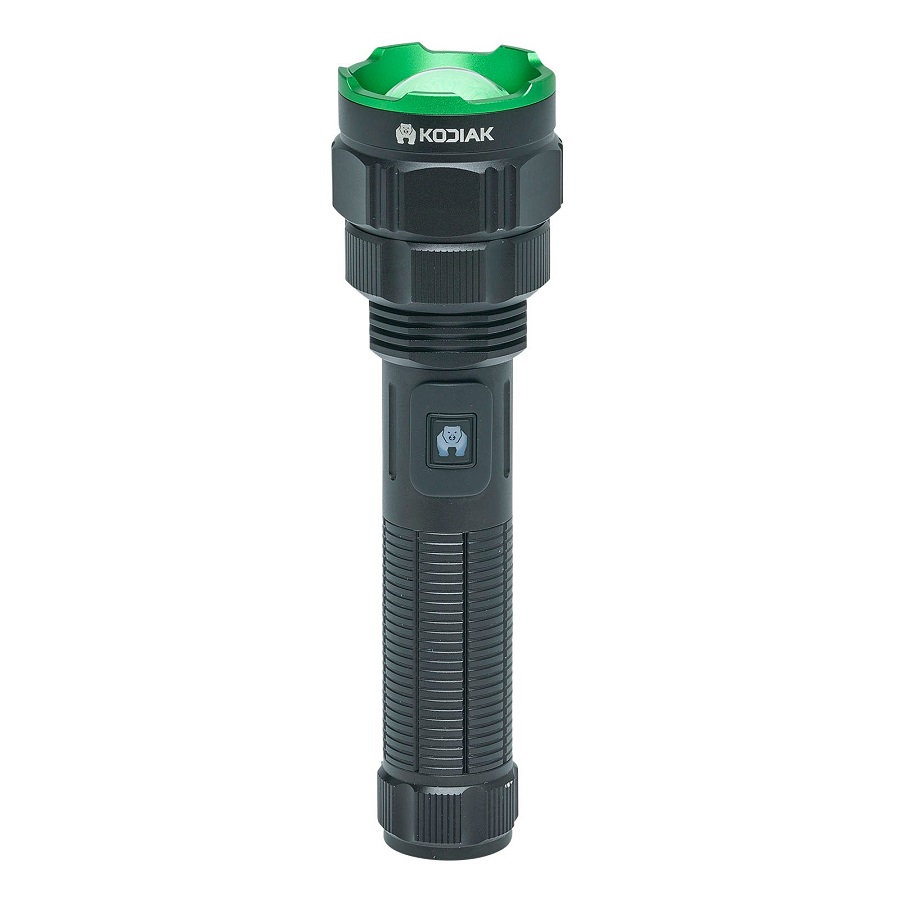
Additional Features
Many flashlights come equipped with extra features that enhance functionality. Some of these include:
- Adjustable Focus: Allows you to switch between flood and spot beams.
- Multiple Brightness Settings: Provides flexibility for different situations, often allowing the user to switch between modes such as high, medium, low, and strobe.
- Built-in Sensors: Some models have motion sensors to detect when the user is nearby, automatically turning on.
- Magnetic Base or Clips: Useful for hands-free operation in certain situations.
Depending on your specific situation, these features can add significant value.
Price Considerations
Investing in a quality flashlight can range from budget options to high-end tactical models. Be mindful to choose one that meets your needs without overspending. Ideally, assess your requirements and prioritize:
- Essential Features: Determine which features are non-negotiable versus those that would be nice to have.
- Brand Reputation: Established brands often have higher quality standards, but newer entrants may offer competitive options.
Popular Brands and Models
While personal preferences will vary, here are some popular brands and models that have earned a solid reputation in the flashlight community:
- Streamlight: Known for their tactical and professional-grade flashlights.
- Fenix: Offers high-quality, versatile options with impressive brightness.
- Olight: Known for innovative features with a range of compact EDC models.
- SureFire: Renowned for durability and performance, favored by professionals.
Do your research on specific reviews and user experiences before making a final decision.
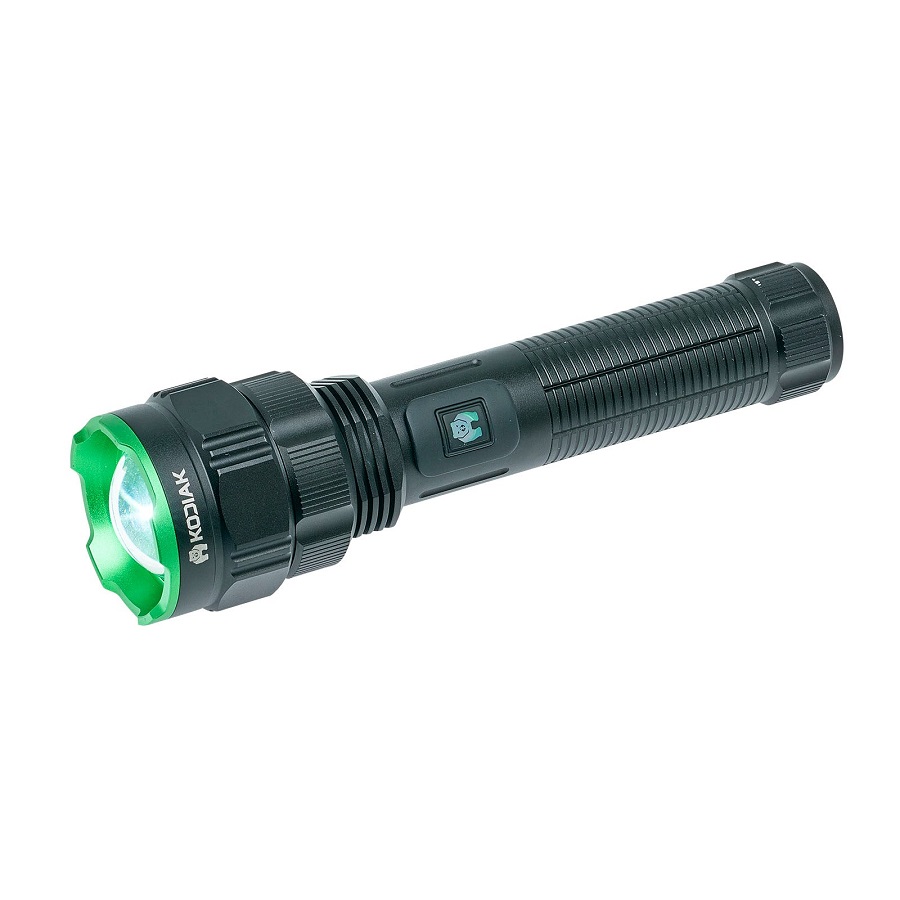
The Importance of Light in Survival Situations
When disaster strikes, the loss of light can turn familiar environments into daunting terrains. Darkness can obscure hazards, render navigation difficult, and amplify feelings of fear and anxiety. Here’s why light is critical in survival:
- Navigation: A flashlight enables individuals to navigate their surroundings safely. Whether you’re hiking off the beaten path, camping, or lost in an urban setting after dark, a beam of light allows you to see obstacles, avoid hazards, and find your way to safety.
- Signal for Help: In emergencies, visibility is crucial. A flashlight can act as a signaling device, drawing attention to your situation. A quick flash in the direction of searchers can help rescuers locate you, especially in remote areas.
- Psychological Boost: Light can serve as a source of comfort. In dire situations, the mere act of illuminating your surroundings can reduce anxiety and instill a sense of control and security.
Types of Flashlights
Understanding the variety of flashlights available can empower you to choose the one that fits your needs best. Here are some common types:
- Handheld Flashlights: These are versatile and easy to carry. Ranging from compact models to larger, heavy-duty versions, handheld flashlights can be your primary source of light in many scenarios.
- Headlamps: Ideal for hands-free operation, headlamps allow you to direct light wherever you look while keeping your hands available for tasks. This makes them particularly useful for activities like setting up a camp, navigating tricky terrains, or performing repairs.
- Flashlight Knives: These unique tools combine the functionality of a flashlight with that of a knife. Particularly handy in survival situations, they offer the basics of illumination and cutting tools in one compact device.
- Lanterns: Designed to provide 360-degree light, lanterns can illuminate larger areas, making them excellent for group settings, camping, or emergency situations where you need more than a focused beam.
- Solar-Powered Flashlights: Eco-friendly options like solar-powered flashlights are beneficial for extended camping trips or in situations where batteries might not be accessible. These harness solar energy during the day and provide light at night.
Features to Look For
When selecting a flashlight for survival, consider several key features:
- Brightness (Lumens): The brightness of a flashlight is measured in lumens. Generally, a flashlight with at least 100 lumens is adequate for most outdoor activities. However, for more extreme situations, consider flashlights with 500 lumens or more.
- Durability: Look for flashlights made from rugged materials that can withstand drops and rough handling. Water resistance is also crucial, as weather conditions can change unexpectedly.
- Battery Type: Flashlights can be powered by disposable batteries, rechargeable batteries, or even solar energy. Choose a flashlight that aligns with your preferences for convenience and sustainability.
- Beam Distance: The distance a flashlight can effectively project light is critical, especially in survival situations. Always check the beam distance to ensure it meets your needs.
- Size and Weight: While larger flashlights may offer greater brightness, smaller, lightweight options can be more practical for survival kits or emergency bags, where space and weight are limited.
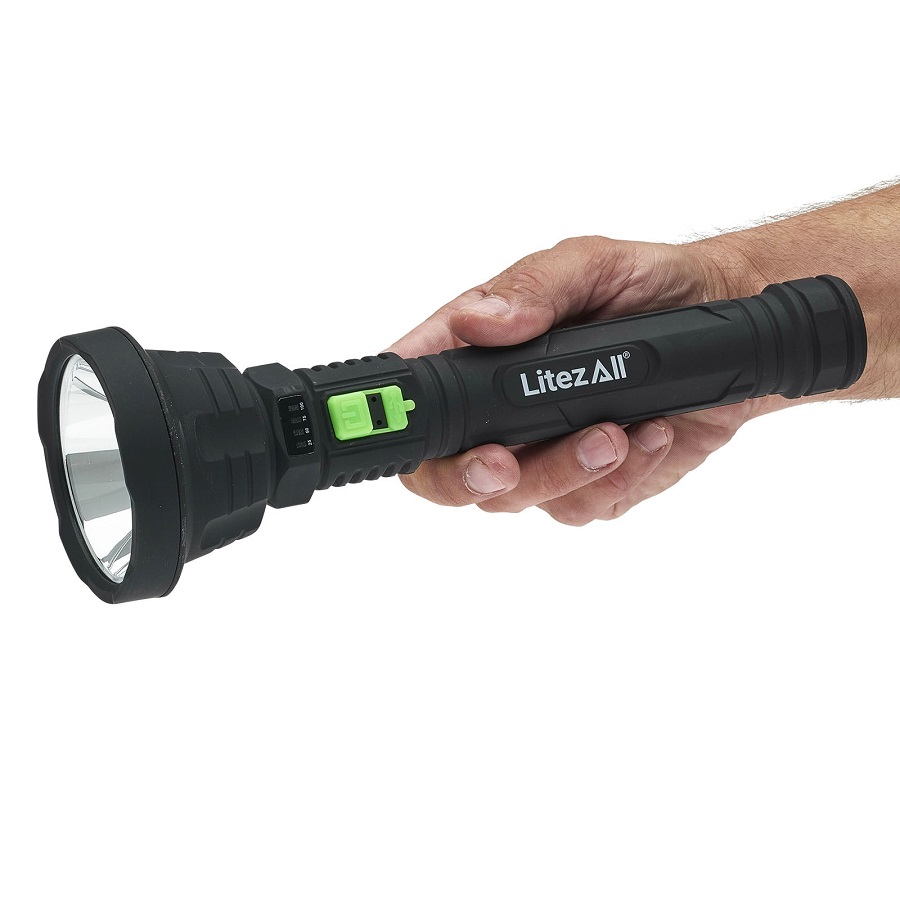
Additional Features
Many flashlights come equipped with extra features that enhance functionality. Some of these include:
- Adjustable Focus: Allows you to switch between flood and spot beams.
- Multiple Brightness Settings: Provides flexibility for different situations, often allowing the user to switch between modes such as high, medium, low, and strobe.
- Built-in Sensors: Some models have motion sensors to detect when the user is nearby, automatically turning on.
- Magnetic Base or Clips: Useful for hands-free operation in certain situations.
Depending on your specific situation, these features can add significant value.
Price Considerations
Investing in a quality flashlight can range from budget options to high-end tactical models. Be mindful to choose one that meets your needs without overspending. Ideally, assess your requirements and prioritize:
- Essential Features: Determine which features are non-negotiable versus those that would be nice to have.
- Brand Reputation: Established brands often have higher quality standards, but newer entrants may offer competitive options.
Popular Brands and Models
While personal preferences will vary, here are some popular brands and models that have earned a solid reputation in the flashlight community:
- Streamlight: Known for their tactical and professional-grade flashlights.
- Fenix: Offers high-quality, versatile options with impressive brightness.
- Olight: Known for innovative features with a range of compact EDC models.
- SureFire: Renowned for durability and performance, favored by professionals.
Do your research on specific reviews and user experiences before making a final decision.
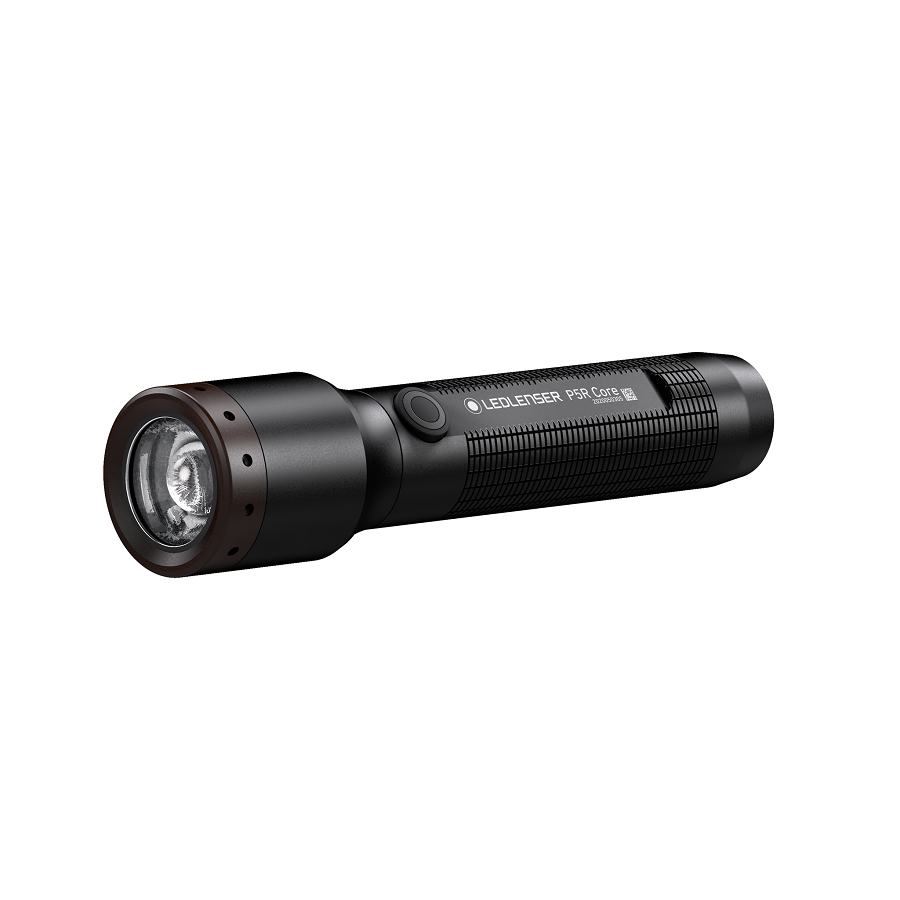
Conclusion
Choosing the right flashlight ultimately boils down to understanding your unique needs and preferences. By thoroughly considering factors such as brightness, battery type, durability, size, and additional features, you can find the perfect flashlight to suit your lifestyle. Whether you require it for everyday convenience, outdoor adventures, or emergency preparedness, having the right light source can make a world of difference.
Explore your options, do the necessary research, and invest in a flashlight that will serve you well for years to come. It’s not just a tool—it’s a companion for illuminating your path, whether during the darkest nights or the brightest days.
